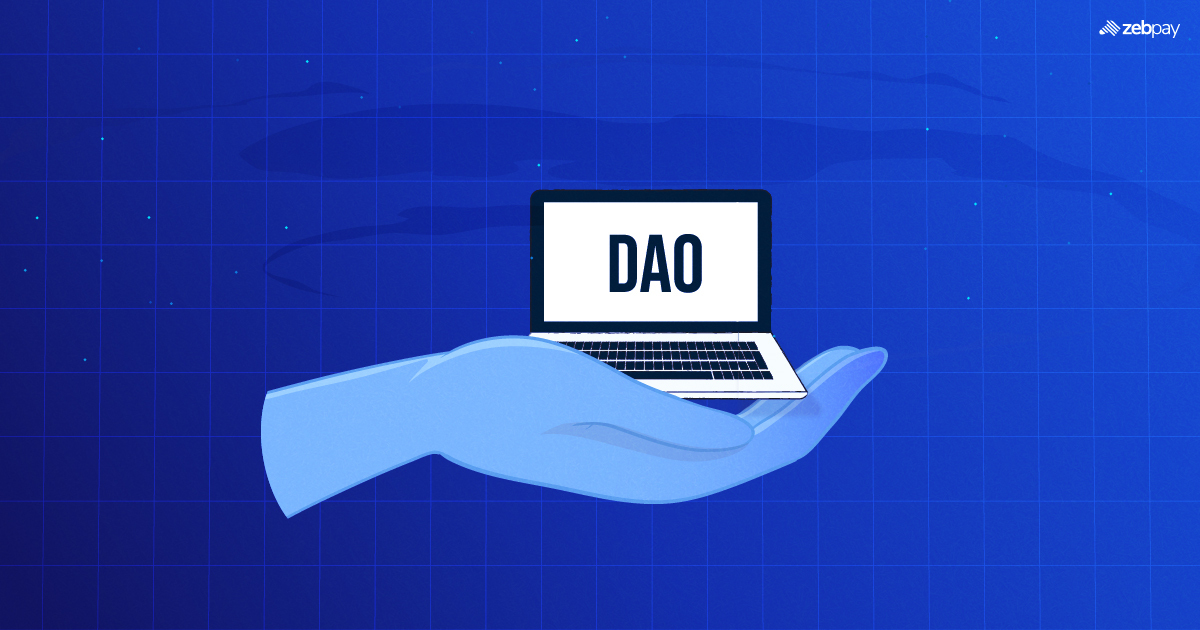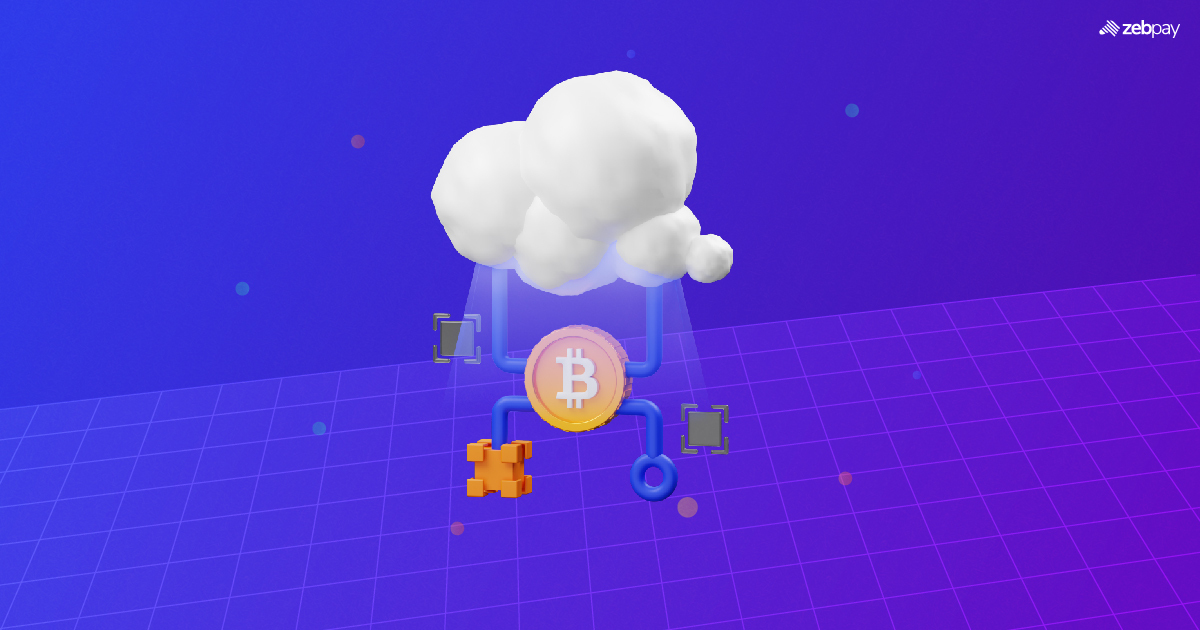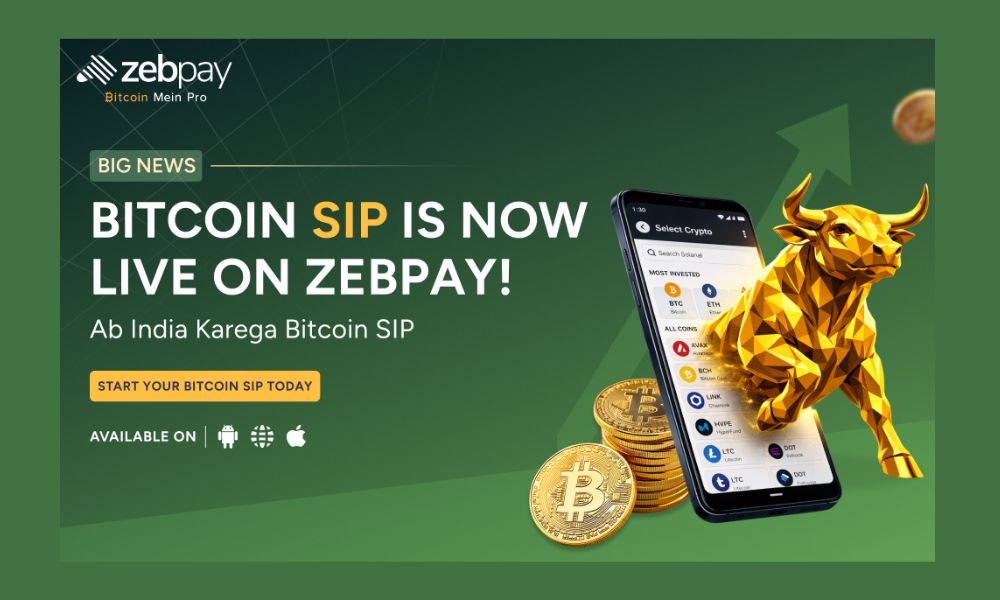A decentralized autonomous organization, or DAO, is a community-run entity with no single or central authority. Anyone from anywhere in the world can join it but must abide by rules to achieve common goals. DAOs operate using Smart contract technology, making them transparent and fully autonomous. DAO members vote on proposals for the future development of the organization. Members have to come to a consensus on a proposal to be executed by the terms of the Smart contract.
Effective decision-making in a company can lead to an environment that fosters innovation and improves workflows. This decision-making is crucial as it can impact the workplace, employees, and the company’s reputation. DAOs are built using blockchain technology, and decisions made by their members are publicly viewable. They can bring a sense of responsibility and accountability for their members to act in the best way for the community.
Defining the Goals and Objectives
The rules and regulations are built into DAOs using codes and enforced by Smart contracts. There is no hierarchy or central authority in DAOs. They incentivize their users using internal capital to ensure smooth operation.
DAOs must establish clear goals and objectives for efficient decision-making. It helps to ensure all stakeholders are on the same page and working together to achieve common objectives. They put together a whitepaper for potential members or investors to understand their goals and the benefits they offer. It is vital to be specific when setting objectives for an organization. They should be further broken down into smaller, more practical goals. It is also crucial to align the objectives with the organization’s mission and vision. Establishing clear goals for decision-making can help DAOs grow and foster global collaboration.
Read more: What is DAO
Designing the DAO Structure
Building a DAO structure can be complex. We know the first step in building a successful DAO structure is to create clear goals. Let us look at some vital steps to build a DAO for effective decision-making.
Governance structure
DAO governance mainly has two categories: off-chain and on-chain. Members have discussions that lead to governance voting in the off-chain system, whereas the on-chain system involves votes through crypto tokens. DAO governance typically involves the following steps:
- Discussions and debates on organization proposals and other related matters
- Reaching a soft consensus through member proposals
- A hard consensus was reached through a member token vote.
- The terms of the Smart contract are automatically executed when proposals are passed.
Read more: On-Chain vs Off-Chain
Membership models
DAO membership models determine how voting will take place in the organization. Token-based, share-based, and reputation-based are the three vital DAO membership models.
- Token-based models are completely permissionless, as tokens are distributed on decentralized exchanges. Tokens can also be earned through the proof-of-work (PoW) mechanism or liquidity; token holders have the power to vote. One top example is MakerDAO, where any user can buy voting power.
- Shared-based models are more permissioned, as any member can submit a proposal to join it in exchange for work that adds value to the organization or tokens. MolochDAO is a popular shared-based DAO model.
- Users have to earn their voting power through participation in reputation-based DAO models. Reputation cannot be delegated, transferred, or bought in this membership model. Members can submit proposals to join for tokens and reputation as a reward for their work in the organization. DXDAO is a top example of a reputation-based DAO model.
Tokenomics strategy
DAOs require a robust tokenomics model to attract potential members and investors. Tokenomics defines the terms for participating in its financial activities, such as crypto staking, lending, and liquidity pools. It will also state how the organization will accumulate and distribute revenue.
The Smart Contract Development and Deployment
Another vital aspect is choosing the underlying blockchain platform to support the development and deployment of the DAO. Ethereum is the popular choice for DAOs, but each has benefits and challenges. It is crucial to select the best platform for efficient decision-making. Next, Smart contracts are developed to implement the decision-making processes in DAOs, such as ERC20 token Smart contracts. They should be thoroughly audited to ensure no errors in the code. This step is vital, as any errors can lead to heavy losses, especially in the DeFi space. DAOs are deployed on the chosen blockchain once the Smart contracts are developed. DAOs with a simple user interface make it easy for members to interact with them.
Building a Participatory Community
Another vital feature of a thriving DAO is an active user community. Building a solid user community involves offering incentives, creating a clear communication channel, and collaborating with other projects. An active user community is vital to ensure the DAO is well-governed for effective decisions.
Establishing Decision-Making Processes

After members arrive at a consensus, it is crucial to think about the decision-making and voting processes. The core team of the DAO determines which members can make proposals and how many can support them to put them up for a vote by the entire organization. Other aspects also need to be defined, such as how long the voting will last and how many user votes need to be collected for a decision to pass.
DAOs offer new ways of governing that are secure and transparent. Its decision-making processes are recorded on a public ledger, which anyone can view or audit. This feature creates an ecosystem of trust and accountability. Members can be sure that decisions will be followed as intended. Members can also participate in the decision-making process even if they are not physically present in the same place. This feature enables a more decentralized and inclusive approach to decision-making.
Transparency and Accountability
Some of the significant issues with Web 2.0 are accountability and transparency. There are serious concerns about how corporations run due to how our data is being stored and used for various financial gains. DAOs employ blockchain technology and also inherit features that promote accountability and transparency. Every DAO member can be held accountable, as all decisions are recorded on the blockchain and are publicly viewable. Every DAO activity is recorded as an immutable transaction on a blockchain and cannot be altered or erased. Activities such as votes, proposals, are publicly viewable, ensuring accountability and transparency in DAO processes.
Educating and Onboarding Participants
The onboarding process in DAO is vital as it facilitates the smooth induction and orientation of new members. New DAO members must understand what the community is trying to accomplish and what their role would be in achieving its objectives. A clear understanding of DAOs’ objectives can help potential members determine which DAO to choose for their skills to have the most value. Proper DAO documentation can help new members navigate their way into the new organization. One of the significant challenges of DAOs is context-building, as it enables new members to understand community goals and start contributing faster. Documentation such as newsletters can provide highlights of weekly DAO conversations, events, and activities. It can help new and existing DAO members stay updated about community activities. It is vital for DAOs to design a good onboarding experience, as it is the first impression of the organization and sets the tone for how interactions will unfold.
Case Studies and Examples
There are many real-world examples of successful implementation of DAOs for decision-making; some include:
- DAOs have proven beneficial for crowdfunding projects because of their community-driven approach and transparency, members collectively decide how funds will be used. One such example is ConstitutionDAO, whose goal was to raise funds to buy original copies of the US Constitution at auction houses and managed to raise more than $40 million worth of Ethereum.
- NFT-powered investments help digital creators and artists raise money for their projects while still having ownership over their work. NFT holders can also stake to earn rewards and vote. For example, HeadDAO members have collective ownership of blue-chip, non-fungible tokens.
- Compound Finance is a crypto finance protocol that helps users lend and borrow crypto in a permissionless and transparent manner. Its members can vote on changes to the rules and conditions of the protocol.
Future Outlook and Trends
In the future, DAOs mightl design and incorporate mechanisms that make decisions even more transparent, like full public disclosure of decision-making processes and blockchain-based voting systems. They need to operate within the legal framework and regulations to have a significant impact in the future. They also have to develop mechanisms to integrate with real-world companies, such as allowing them to interact with traditional institutions.
Conclusion
This article has highlighted the various DAO features that can help with effective decision-making, such as effective governance models, tokenomics strategies, transparency, and accountability features. DAOs can transform how traditional organizations operate but have to overcome challenges such as jurisdictional and regulatory issues. By addressing these issues, DAOs can become more effective and transform many conventional organizations in the years ahead.
To stay up to date with the latest crypto news, visit ZebPay blogs. Click on the button below to trade on ZebPay.






